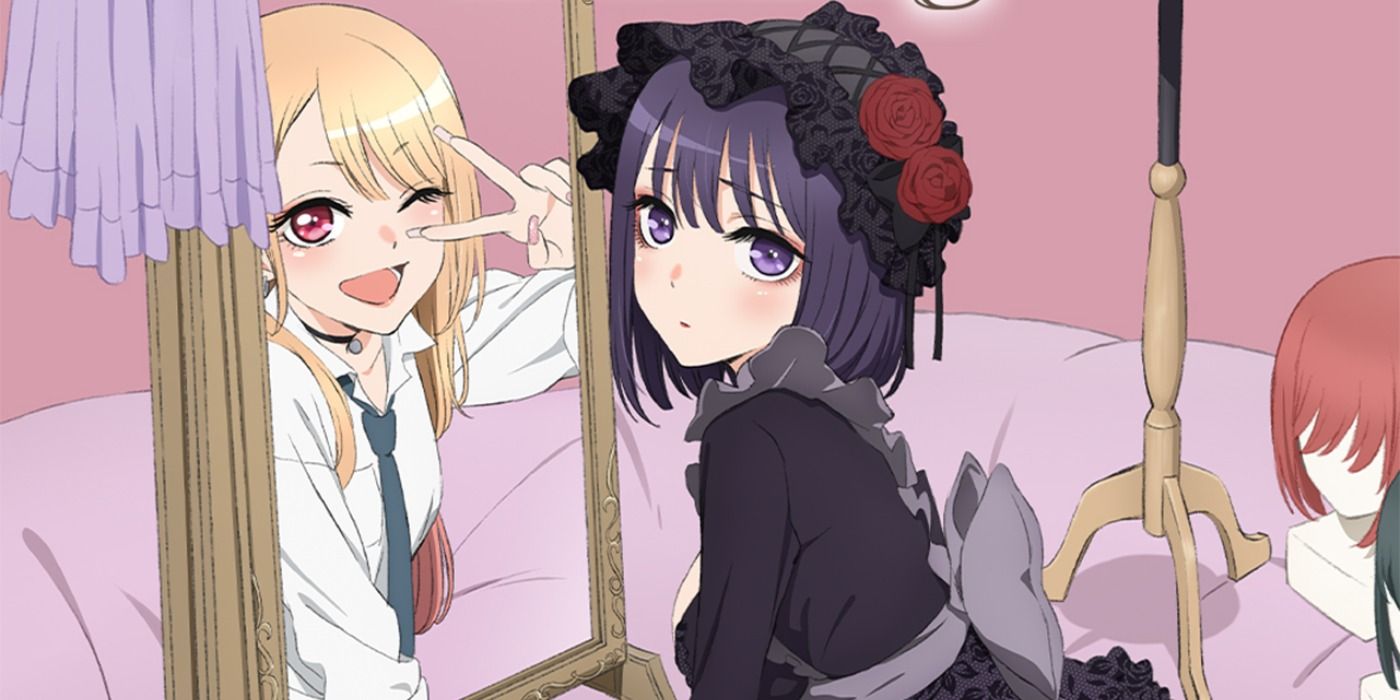Showing appreciation for one's favorite media franchise is nothing new and has taken many different forms over the decades. One of the most popular forms is cosplay, or dressing up as a character from a franchise or series. Going to any local anime convention, one will see just how prevalent this hobby has become over the years.
Ranging from beginners in simple cosplays made of things they found in their closets to elaborate, fully-detailed masterpieces that creators spend months or even years preparing, even celebrities get in on the fun once in a while. For those interested in getting into cosplay, here's the lowdown on the hobby's history and how to get started.
What Is Cosplay?
Cosplay is a portmanteau of the words costume and play. While the hobby itself can be traced to college students in the 1970s dressing up as manga and anime characters, the term wouldn't be used to describe it until a June 1983 article by Nobuyuki Takahashi in My Anime magazine. While dressing up in costumes isn't exclusive to Japan, the idea of cosplay itself does have Japanese roots. According to Fibre2Fashion.com, "[c]osplay costumes actually grew out from costuming conventions created in the first world science fiction convention in 1939."
Once Takahashi's article came out, the popularity of cosplay began to grow. This continued into the 1990s and 2000s with computers and internet access becoming more commonplace in the average household. Social media would propel cosplay into mainstream consciousness, with more and more people becoming interested in the hobby. Conventions everywhere became flooded with hobbyists and professional cosplayers, with the latter even being able to monetize their work and being sponsored by companies specializing in costumes and props.
How to Start Cosplaying
Starting the hobby can be as easy as pulling clothes out of a closet. There are plenty of characters who wear modern-day styles that can be replicated. For example, Luffy from One Piece can be replicated by using a red button-down shirt and cut-off jeans with a straw hat. His scar can be drawn on with makeup. Even without a wig or black hair, his outfit is iconic enough that people will understand who the character is.
For those who don't have the time to create a costume but still want to participate, Etsy is full of independent artists who create cosplays and props. There are also professional companies like SimCosplay that sell custom and standard-made costumes. EZCosplay and ProCosplay are other companies that provide similar services. For spandex suits for superheroes and the like, HerosTime provides customizable options, adding details like zippers and other features.
For those who like a more hands-on approach, there are a plethora of tutorials on YouTube and sites like SkillShare that can teach how to construct a cosplay from scratch. The cosplay subreddit provides a community for those interested in the hobby and looking for help, while Replica Prop Forum has designated boards for costumes, props, modeling and other topics within the community. There's even a board where creators sell items second-hand.
KamuiCosplay provides tutorials online and has even books published on cosplay. She also has a YouTube channel where she walks through her process of creating various different cosplays and how to set up other parts like LEDs. Kinpatsu Cosplay also provides tutorials on how to create different parts of a costume. From hats to swords to tails, they cover some of the most common items found in cosplay and how to create them. Both sell patterns, tutorials and even prints on their websites. Most of the books and patterns are available for digital download, with the latter including videos walking through the creation process.
Makeup is an element of cosplaying and an art form in itself that can transform one's facial features, even resembling the graphic style of Borderlands or JoJo's Bizarre Adventure. YouTube, Instagram and TikTok are full of creators sharing tips and tricks for a variety of different styles and looks for a variety of skin tones. AnyaPanda has a YouTube channel covering different cosplay makeup looks, while Evansya Xo shares tutorials and wig reviews on her Instagram, YouTube, and TikTok. Fellow TikToker theyonndon also shares skills with an entire playlist on how to style natural hair to replicate anime hairstyles.
Cosplay is a hobby that anyone can get into without having to spend a dime or break the bank. For those who fall in love with it and wish to either become a professional cosplay model, costumer or prop-maker, there are a wide variety of ways to monetize the medium they love. Conventions are a great way to meet other cosplayers and show each other the hard work that went into their chosen cosplays. Social media likewise provides connections to other creators, be they casual hobbyists or professionals.

